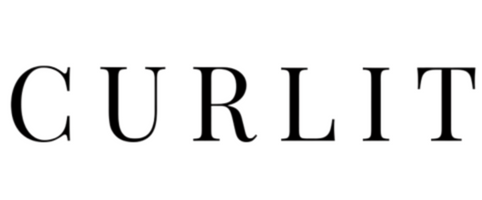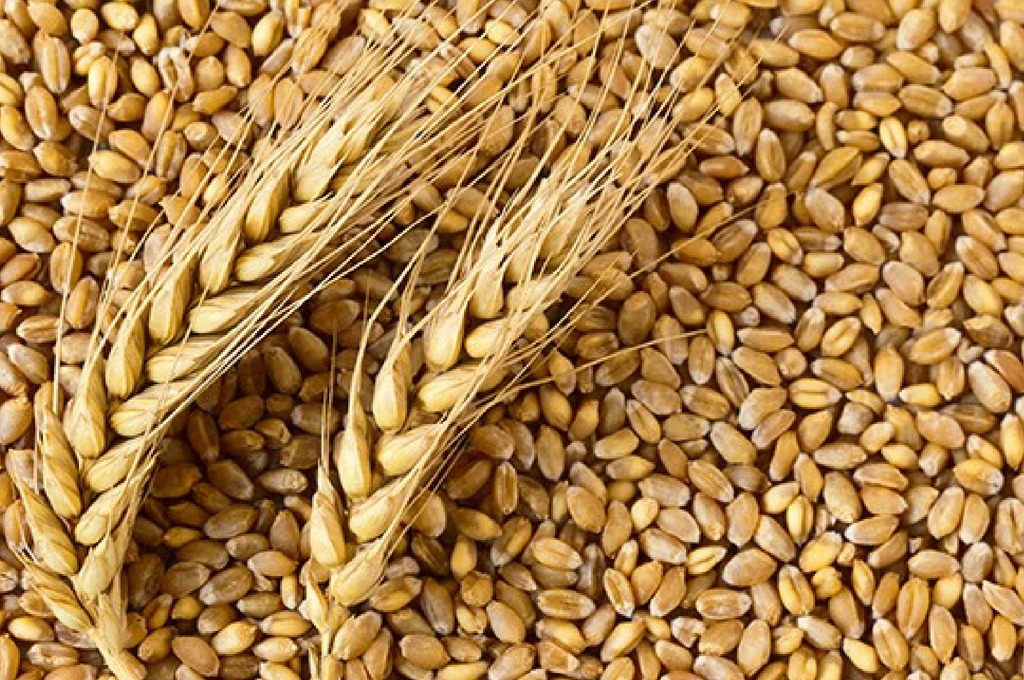Wheat protein has been chemically chopped up and mainly consists of amino acids, which are the building blocks, peptides, which combine a few amino acids, and proteins, which combine a lot of amino acids.
It may be able to counteract the irritating effects of cleansing agents in cleansers and shampoos due to its moisturizing and film-forming properties. It can likewise condition and fix harmed hair leaving it delicate, sleek, and smooth.
Wheat protein is a kind of protein gotten from raw grain, similar to gluten or glutamine. It is more effective when applied topically when it is broken down into smaller proteins that can pass through the hair cuticle. These smaller proteins are referred to as hydrolyzed wheat proteins. It works by retaining moisture and is thought to assist in hydrating and strengthening the hair. The majority of products intended to treat hair damage promise exactly this combination of hydration and strengthening.
Trauma from both mechanical and chemical sources, such as bleaching and heat damage,alters the structural component of hair and affects the disulfide bonds, which are found inhealthy hair. Using wheat protein can help to connect the broken bonds on the hair surface,leading to strengthened hair. Because wheat proteins contain a high number of thesedisulfide bonds a recent report showed that treatments containing wheat protein hadphenomenal properties in recuperating harmed hair due to these disulfide bonds.
- Restores damaged hair
Disulfide bonds, which are damaged by traumas like sunlight, bleach, straighteners, and hair dyes, are naturally present in high concentrations in human hair. Wheat protein effectively repairs damaged hair by connecting these broken bonds. This results in a stronger hair shaft.
Wheat protein that has been hydrolyzed can hydrate the hair shaft by passing through the hair cuticle. It works by keeping moisture in, so combining wheat protein with other hydrators like deep conditioners to get the most out of hydration would be beneficial.
- Keeps hair from breaking
There are several things that can lead to hair breakage, but dryness and weakness are two of the most common ones. Wheat protein fights both of these things to hydrate the hair and repair the hair's weak or broken bonds. Hair has more elasticity when it is well-hydrated and strong, allowing it to stretch and withstand more stress without breaking. Garshick adds that it is thought to help reduce hair loss and breakage by strengthening the hair.
- Enhances shine
Wheat protein has more than just a molecular effect on hair; it's noticeable to the unaided eye. Wheat proteins give hair a glossy, shiny appearance while also protecting it from styling damage.
- Enhances the hair's overall appearance
When hair is hydrated, shiny, strong, and full, it looks its best. As well as supporting the sparkle and forestalling breakage, wheat protein likewise holds dampness in the hair, giving it a thicker appearance. While wheat protein may not straightforwardly influence hair development, by forestalling hair breakage/misfortune and thickening its appearance, it advances the general appearance of more hair.

